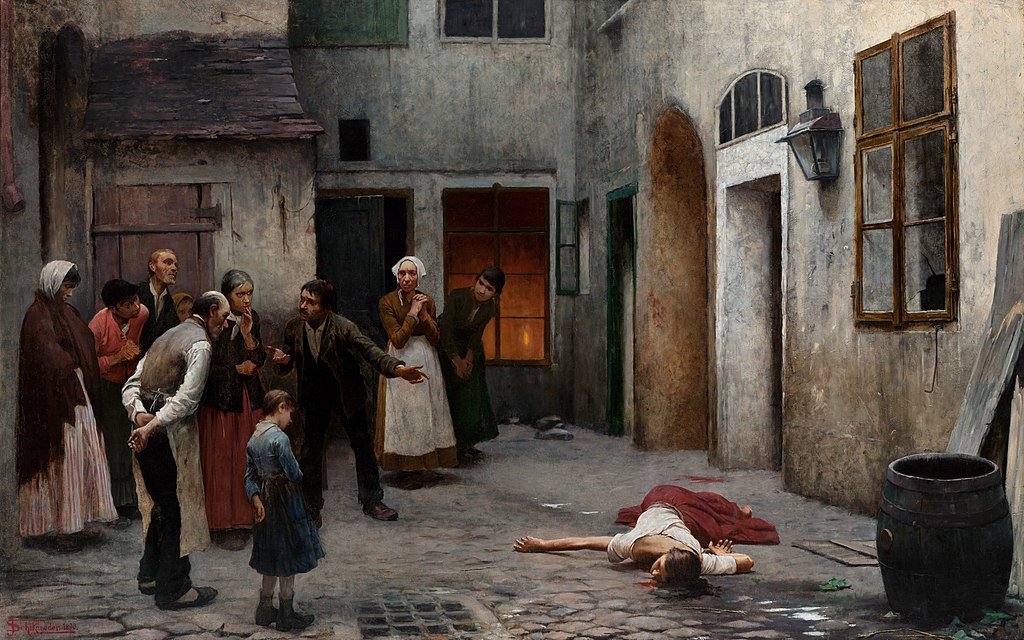The academic distinction between ‘murder’ and ‘culpable homicide not amounting to murder’ has vexed the courts for more than a century. The confusion is caused, if courts losing sight of the true scope and meaning of the terms used by the legislature in these sections, allow themselves to be drawn into minutae abstractions.
In the scheme of the Penal Code, ‘culpable homicide’ is genus and ‘murder’ its specie. All ‘murder’ is ‘culpable homicide’ but not vice versa.
Categorisation of culpable homicide
‘Culpable homicide’ sans ‘special characteristics of murder’, is ‘culpable homicide not amounting to. murder’. For the purpose of fixing punishment, proportionate to the gravity of this generic offence, the Code practically recognises three degrees of culpable homicide.
First Degree
The first is, what may be called, culpable homicide of the first degree. This is the gravest form of culpable homicide which is defined in s. 300 as ‘murder’.
Second Degree
The second may be termed as ‘culpable homicide of the second degree’. This is punishable under the l st part of s. 304.
Third Degree
Then, there is ‘culpable homicide of the third degree.’ This is the lowest type of culpable homicide and the punishment provided for it is, also, the lowest among the punishments provided for the three grades. Culpable homicide of this degree is punishable under the second Part of s. 304.
The safest way of approach to the interpretation and application of these provisions seems to be to keep in focus the key words used in the various clauses of ss. 299 and 300.
The following comparative table will be helpful in appreciating the points of distinction between the two offences.
Whenever a court is confronted with the question whether the offence is ‘murder’ or ‘culpable homicide not amounting to murder,’ on the facts of a case, it will be convenient for it to approach the problem in three stages.
[1] The question to be considered at the first stage would be, whether the accused has done an act by doing which he has caused the death of another.
[2] Proof of such causal connection between the act of the accused and the death, leads to the second stage for considering whether that act of the accused amounts to “culpable homicide” as defined in s. 299.
[3] If the answer to this question is prima facie found in the affirmative, the stage for considering the operation of s. 300, Penal Code is reached.
This is the stage at which the Court should determine whether the facts proved by the prosecution bring the case within the ambit of any of the four Clauses of the definition of murder’ contained in s. 300.
If the answer to this question is in the negative the offence would be ‘culpable homicide not amounting to murder’, punishable under the first or the second part of s. 304, depending respectively on whether the second or the third Clause of s. 299 is applicable.
If this question is found in the positive, but the case comes, within any of the Exceptions enumerated in s. 300, the offence would still be ‘culpable homicide not amounting to murder’ punishable under the First Part of s. 304, Penal Code.
The above are only broad guidelines and not cast-iron imperatives. In most cases, their observance will facilitate the task of the court. But sometimes the facts are so inter-twined and the second and the third stages so tele- scoped into each other, that it may not be convenient to give a separate treatment to the matters involved in the second and third stages.
REFERENCE
State Of Andhra Pradesh vs Rayavarapu Punnayya & Another 1977 AIR 45, 1977 SCR (1) 601
